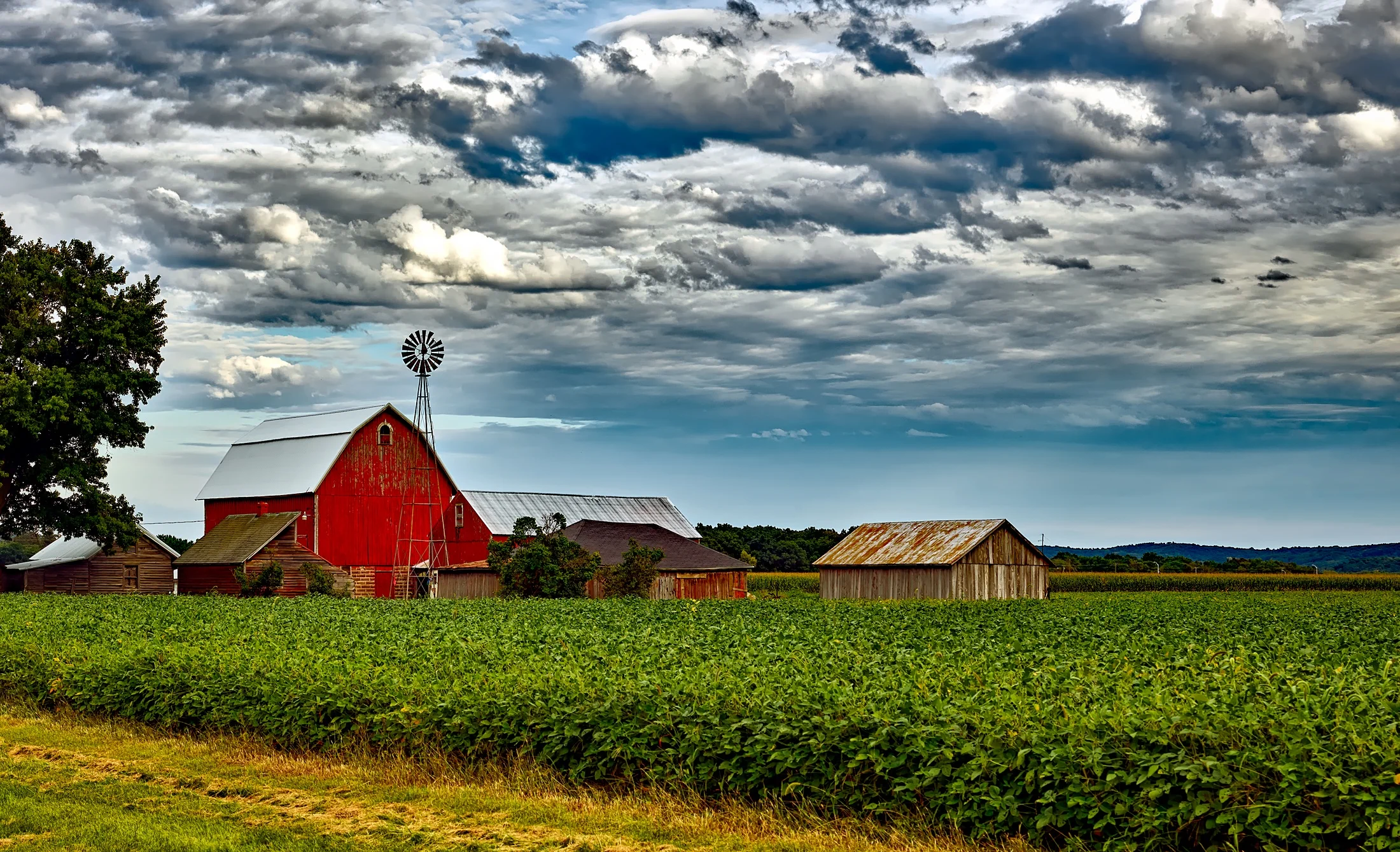Farmers are commonly known as “price takers” not “price givers.” This is because most farm operations are small in comparison to agribusiness suppliers. This was certainly true when the first farmer coops were created in the 19th century, and even more true today in the wake of mega mergers in the agriculture industry. As the industry continues to consolidate, prices for farm inputs tend to go up as competition among suppliers decreases. When farmers join together to form a cooperative, they can aggregate their buying power, putting them on a more equal footing with larger corporations.
Recognizing the value of farmer coops, the US legislature passed the Capper-Volstead Act in 1922 to protect farmer coops from charges of unfair competition. Normally, under antitrust laws, separate individuals cannot work together to fix prices in their industry, since doing so would be anti-competitive. The Capper-Volstead Act makes an exception to this general rule for cooperatives comprised of agricultural producers. It’s one of the many unique exceptions in US law that applies specifically and exclusively to farmers. The law is important because, without its protections, farmer cooperatives that set prices for their goods would be illegal.
But not every farmer cooperative meets the qualifications for Capper-Volstead exemption from antitrust laws. The coop must meet very specific requirements. The requirements come in two flavors: (1) Structural, and (2) Functional. The first structural requirement is that all coop members must be agricultural producers. If even one member is not a producer, the whole coop loses its exemption from antitrust laws. This can be a difficult question today as more farms grow their operations to include things like processing, packing, or marketing agricultural products. Therefore, it is important to include provisions in the coop’s bylaws stating that membership is limited to producers and for the coop to regularly review its membership to make sure that all members are still primarily agricultural producers.
The second structural requirement is that the coop must be operated for the “mutual benefit” of its members. This generally means that the coop is democratically controlled by its members and that profits are returned to farmer members. The third structural requirement is that the coop must provide for only one vote per member or, instead, the coop cannot permit more than an 8% return on member equity. Usually, the simplest thing is to provide for one member-one vote. The fourth and final structural requirement is known as the 50% rule: the coop cannot deal in the products of nonmembers in an amount greater than the products of its members. These requirements are intended to further essential cooperative principles, such as democratic control, open membership, and cooperation.
The functional requirements are the things that a coop can and cannot do. The only activities a coop may lawfully engage in are processing, preparing for market, handling, or marketing of agricultural products of its members. Anything beyond these activities is illegal. For example, a farmer coop may not acquire competitors for anti-competitive purposes; it may not coerce customers, suppliers, or nonmembers into doing business with them; it may not conspire to eliminate a competitor; and it may not conspire with other businesses or groups to fix prices. In essence, farmers may cooperate to gain equal footing among corporations; but it may not conspire to crush its competition. As an example, a large cooperative of mushroom growers was discovered to have been buying up competitors’ mushroom farms, selling them at a loss, and saddling the properties with a perpetual deed restriction stating that no mushrooms could be grown on those farms any longer as a way of controlling the mushroom supply and driving up prices for its members. The cooperative was sued alleging antitrust violations. Though the coop raised Capper-Volstead antitrust immunity, the federal district court was not persuaded.
If you have questions about cooperative antitrust immunity or what should be in your coop’s bylaws, contact me or another of my super smart colleagues at FMJ!


